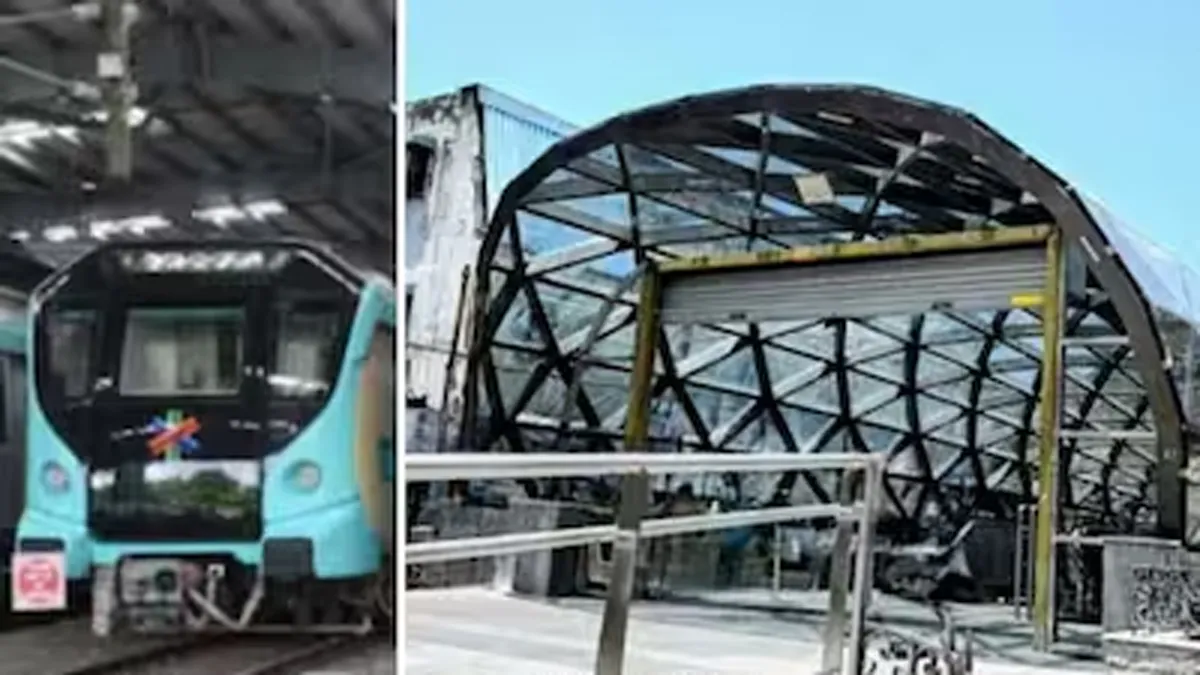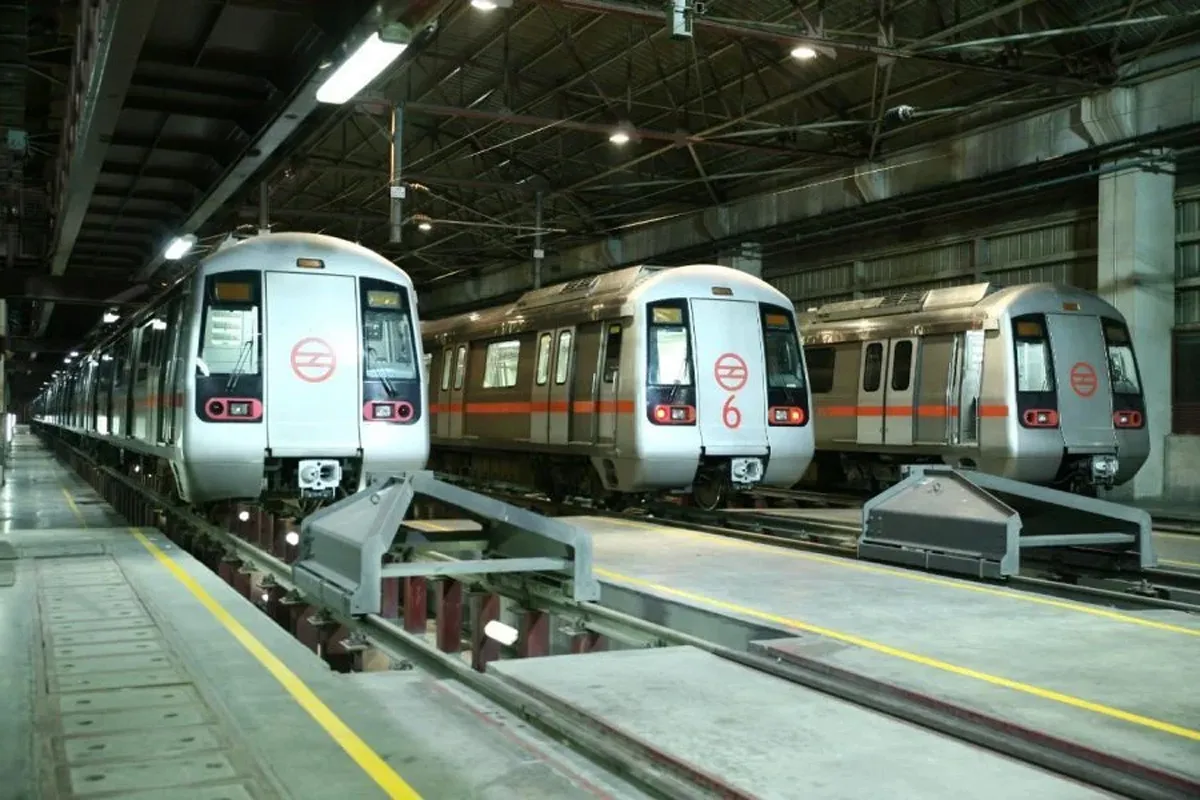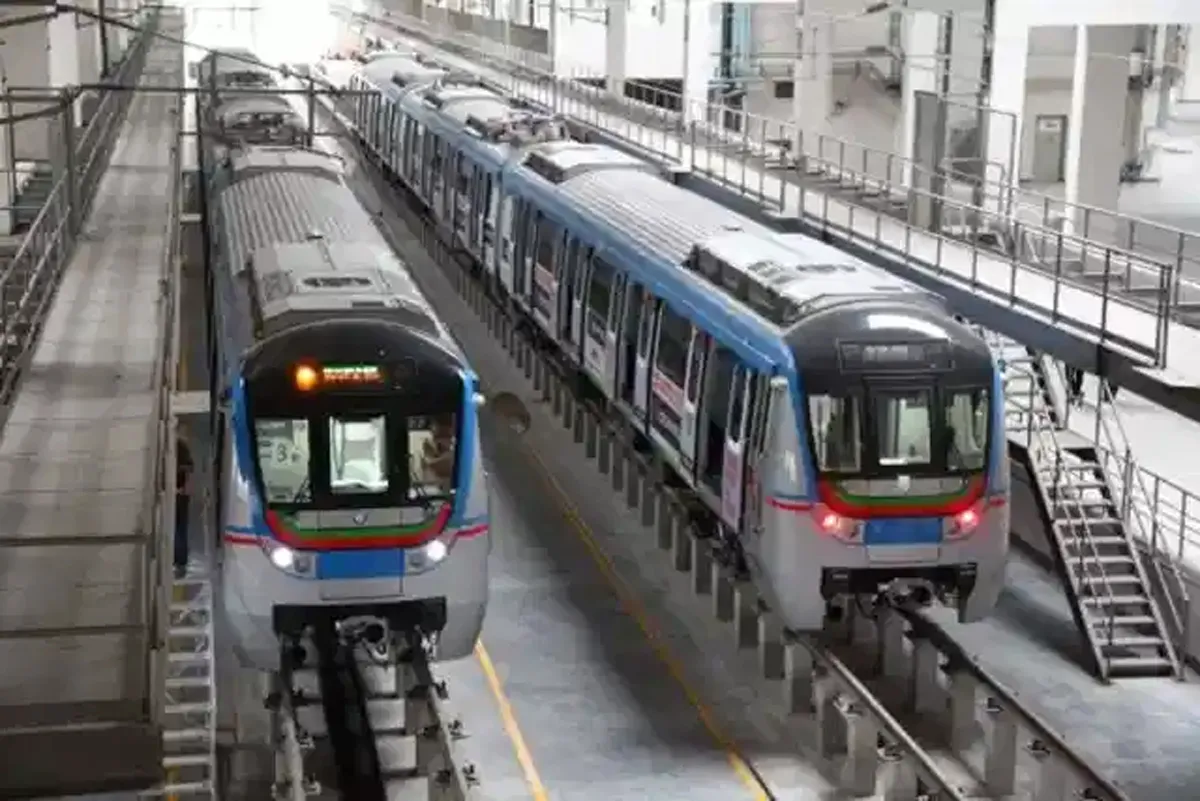
Mumbai’s CSMT Metro Station Nears Completion on Aqua Line
The construction of the Chhatrapati Shivaji Maharaj Terminus (CSMT) Metro station on the Mumbai Metro-3 Aqua Line is nearing completion. Photos shared by X user @haldilal reveal the station’s striking arched entrance, glasswork and modern façade.Known as the Aqua Line, Metro 3 is Mumbai’s first fully underground corridor. It spans 33.5 km between Cuffe Parade (Colaba) and Aarey, with 27 stations — 26 underground and one at grade.The Three Phases of Metro-3Phase 1 – Aarey to Bandra-Kurla Complex (BKC): The 12.69 km section opened to the public on 7 October 2024.Phase 2A – BKC to Worl..

Three Firms Shortlisted for Rs 332 Million Delhi Metro Contract
Three firms have qualified for the electrification contract D2E-12 of Delhi Metro Phase 4’s Line 10 and Line 5 extension. Line 10 spans 23.622 km, connecting Aerocity and Tughlakabad with 15 stations, while the Line 5 extension covers 12.58 km between Inderlok and Indraprastha with 10 stations.In June 2025, the Delhi Metro Rail Corporation (DMRC) invited bids for this contract. The technical bids were opened on 4 August 2025, with four firms submitting proposals. During the evaluation, one firm’s bid was rejected.The three qualified firms are:M/s A.K. Infra ProjectsM/s Kalpataru Projects I..

L&T Seeks to Sell Hyderabad Metro Stake Amid Financial Losses
Infrastructure major Larsen & Toubro Limited (L&T) has expressed its intention to sell its stake, exceeding 90 per cent, in the L&T Hyderabad Metro Rail project to either the state or central government through a new Special Purpose Vehicle (SPV), citing operational and accumulated losses.In a letter addressed to the Ministry of Housing and Urban Affairs (MoHUA), L&T Metro Rail stated that despite repeated follow-ups, the Telangana government has not provided the expected financial assistance. The delay is worsening the financial distress of the concessionaire, making the situa..
















